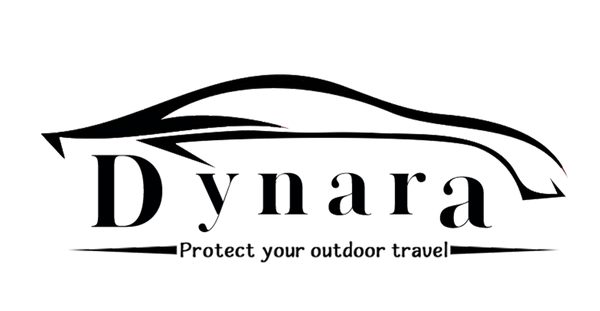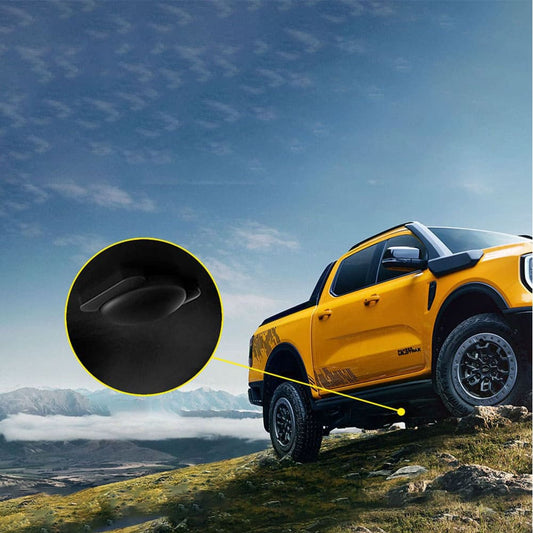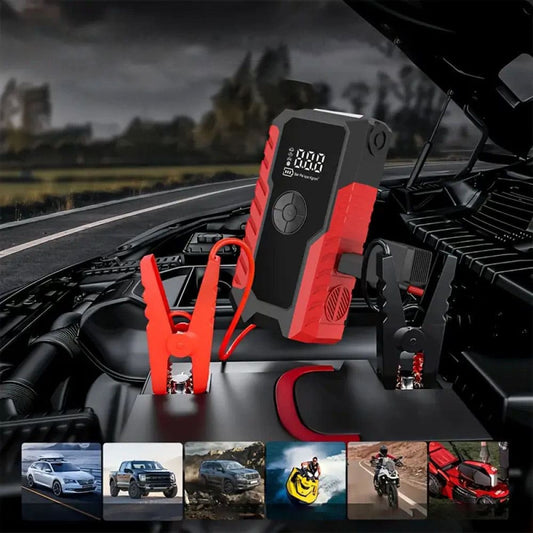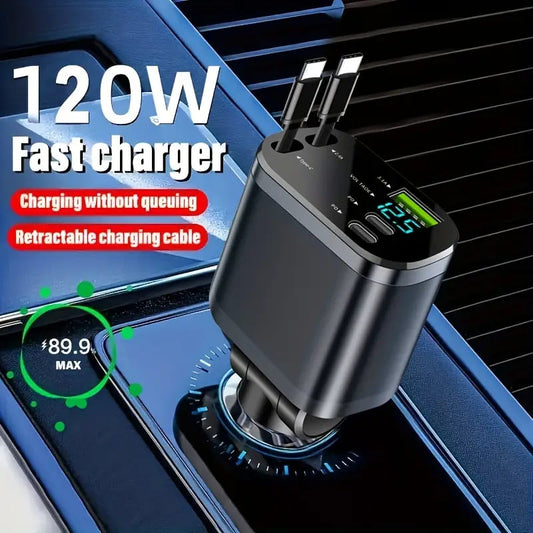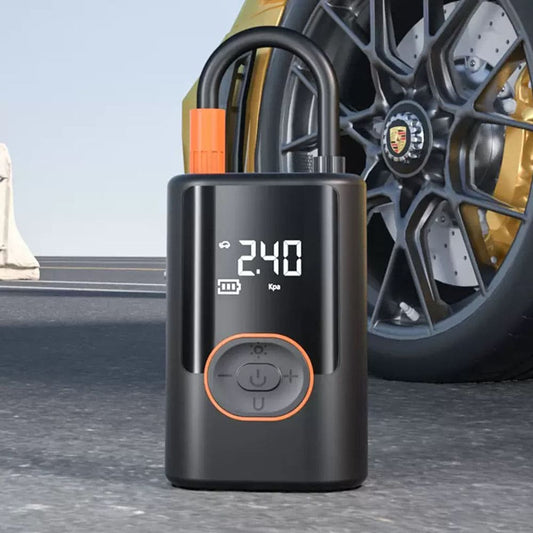
Car Tires Guide: Everything You Need to Know
Share
When it comes to car safety, few components are more important than your tires. These rubber circles keep your car connected to the road, and their condition can have a significant impact on your vehicle’s performance, handling, and safety. Whether you’re buying new tires or learning how to care for the ones you already have, it’s essential to understand the ins and outs of tires.
At Dynara, we are dedicated to helping car owners make informed decisions about their tire needs. Let’s dive into the different types of tires, how to choose the right one for your car, and how to maintain them for maximum lifespan.
Quick Tips for Buying Tires
Always choose tires that match the original specifications in size, quality, performance, and load rating.
The safest option is to replace all four tires at once, especially if your car is an all-wheel-drive vehicle, to maintain even traction across all wheels.
Regular tire maintenance can extend the life of your tires and improve safety.
MORE: Car Warranty Guide: What You Need to Know for Your Vehicle Protection
Tire Types and Choosing the Right One
At Dynara, we understand that choosing the right tire for your vehicle can be overwhelming, especially when faced with numerous options. But don’t worry — we’re here to break it down for you. Here are the most common tire types and what you need to know about them:

All-Season Tires
These are the most commonly used tires and provide a balanced performance in both wet and dry conditions. They’re designed to perform in various weather conditions, making them ideal for everyday driving.
High-Performance All-Season Tires
If you drive a sports car or want a bit more grip, high-performance all-season tires may be the perfect fit. They provide enhanced road handling but sacrifice some longevity compared to standard all-season tires.
Winter Tires
Winter tires, also known as snow tires, are a must-have for regions with cold temperatures and snow. They’re made with special rubber compounds to remain flexible in low temperatures and offer better traction on snowy or icy roads.
High-Performance Summer Tires
These tires are optimized for speed and grip on dry and wet roads in warmer conditions. However, they are not suitable for cold temperatures or snowy roads.
Run-Flat Tires
Run-flat tires allow you to drive a short distance even after a puncture, giving you peace of mind in case of tire damage. Many luxury vehicles come equipped with these tires for added convenience.
MORE: Ultimate Car Maintenance Guide: Tips, Costs, and Essential Checkups
How to Choose the Right Tire for Your Car
To determine which tire type is best for your vehicle, consult the owner's manual or visit Dynara's online tire catalog. The right tire for your car depends on factors such as:
Climate: Do you live in a region with frequent snow or rain? Choose winter tires or all-season tires accordingly.
Driving Style: If you enjoy high-speed driving or have a performance car, consider high-performance or ultra-high-performance tires.
Vehicle Type: Some vehicles, like electric cars, require specific tires to handle their weight and power distribution effectively.
MORE: Enhance Your Driving Experience with the Wireless Car Tire Inflator
How to Read Tire Sizes and Specifications
Understanding tire sizes is crucial for choosing the right tires. Here's how to decode the tire specifications:

Example: P225/45R18 95H
P: Passenger vehicle tire
225: Tire width in millimeters
45: Aspect ratio (height of the tire sidewall as a percentage of width)
R: Radial construction
18: Diameter of the wheel in inches
95: Load index (maximum weight the tire can support)
H: Speed rating (maximum safe speed)
Proper Tire Maintenance
Taking care of your tires can prolong their lifespan and keep your car performing at its best. Dynara recommends the following maintenance practices:
Tire Rotation
Rotating your tires ensures even wear and tear. Typically, tires should be rotated every 6,000-8,000 miles to ensure a smooth, safe ride.
Tire Pressure Monitoring
Underinflated tires can lead to poor performance, increased tire wear, and reduced fuel efficiency. Always keep your tires inflated to the manufacturer’s recommended pressure, which can be found on the driver’s side door frame.
Alignment and Balancing
Proper wheel alignment and tire balancing ensure that your car drives smoothly and that your tires wear evenly. If you notice any vibrations or pulling to one side, it may be time to check your alignment and balance.
MORE: Tested: The Best Portable Jump Starters of 2025
When to Replace Your Tires
Even the best-maintained tires need to be replaced eventually. Dynara recommends replacing your tires when:
The tread depth is below 1/8 inch.
The tires are more than six years old, even if they seem to have plenty of tread left.
The sidewalls show signs of damage or wear.
Conclusion
At Dynara, we believe that understanding your tires is crucial to both safety and performance. By choosing the right tires for your car, regularly maintaining them, and knowing when to replace them, you can ensure a safer and smoother driving experience.
Whether you’re looking for all-season tires, winter tires, or high-performance options, Dynara has the right selection for you. Explore our tire offerings and get the perfect fit for your vehicle
